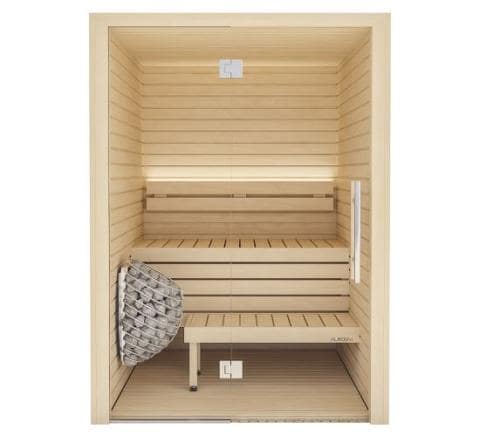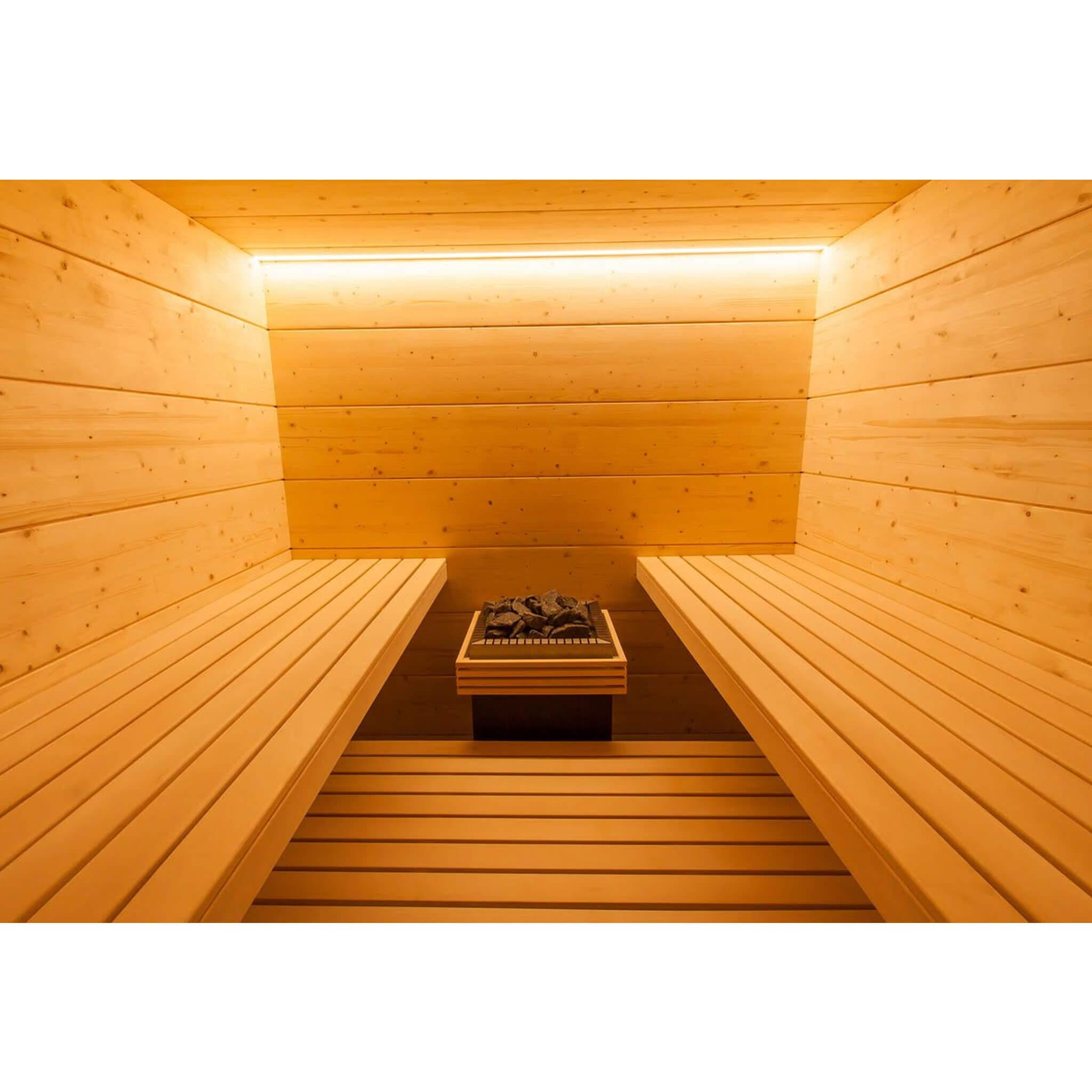The Best Guide To Traditional Sauna
The Best Guide To Traditional Sauna
Blog Article
How Traditional Sauna can Save You Time, Stress, and Money.
Table of ContentsThe Definitive Guide for Traditional SaunaHow Traditional Sauna can Save You Time, Stress, and Money.Indicators on Traditional Sauna You Need To KnowExcitement About Traditional Sauna
Many of the weight lost in a sauna is water loss and is re-gained upon rehydrating. Nevertheless, undeniably sauna can be an integral part of a healthy and balanced fat burning program. To take a look at the differences between standard and IR saunas, I will certainly separate these into verifiable, theoretical, and produced distinctions.Therefore, the best point in the saunawhich is at the ceiling directly above the sauna heateris generally in between 185 and 190 F. Traditional Sauna. Claims that a typical sauna exceeds 200 F is simply not true and not suitable for electrical saunas marketed in the US. The temperature for a far-infrared sauna is usually established in between 120 and 140 F; however, unlike the conventional sauna, the goal in and IR space is not to achieve a heat
As a result of this, the temperature level difference is almost unnecessary, since excessive sweating results in both sauna types, but the technique of warming the body is different. In an IR sauna the bather will certainly feel warm and will sweat a lot, yet at a lot lower temperature levels. Therefore, if the objective is to spend longer time periods in the sauna, the IR sauna is a great option.

The Only Guide to Traditional Sauna
When the heat is achieved, the components cycle on and off to maintain the heat. The majority of conventional sauna users delight in pouring water over the rocks to develop heavy steam to increase sauna humidity levels. The benefits of pouring water over the rocks include: making the area more comfy, moistening the nasal flows, and allowing the use of aromatherapy by blending essential oils with the water.
In a far-infrared sauna, the heat waves pass through the body to properly warm the body and elevate the body core temperature level. To attain this enhanced temperature level, Far-infrared emitters create infrared power which is close to the same wavelength as that which the body naturally emitsoften referred to as the "Crucial Variety" of 7 to 14 microns), so the power is well received by the body.
When the energy gets in the body, it creates the body temperature to enhance and inevitably causes sweat. In an infrared sauna it is necessary for the look at this now emitters/heaters to continue to be on practically regularly. Because there is no mass of rocks to keep warm, the sauna will cool if the emitters shut off.
As pointed out over, the sauna bather in an infrared area wants to position himself before operating emitters to get maximum gain from the heat. The home heating time for the two rooms can be extremely various, depending upon how the spaces are utilized. For a traditional sauna, a bather must allow 30-40 mins for the area to achieve a desired temperature and to effectively pre-heat the rocks.
Not known Details About Traditional Sauna
A well created sauna will typically accomplish a temperature level of 150-160 F in regarding 30-40 mins. For hotter temperature levels, the room might need to warm for a longer period.
To some, 15 mins was "wasted" while the infrared energy heated the timber panels as opposed to warming a body, while others find a pre-heated room to be much more comfortable and think a raised beginning temperature is essential to begin perspiring. The length of suggested use for each room is roughly the same (10-15 minutes per session); nevertheless, due to the lower air temperature levels and the ability to feel the effects of infrared warmth index much faster than a conventional sauna, it is not unusual for an individual to spend a total amount of 20-30 mins in an infrared sauna.
Traditional saunas often tend to be larger (thus use more power) than infrared saunas, although conventional saunas are certainly readily available in one and 2 person sizes. For a two-person conventional sauna, 5x6 or 5x7 size is most preferred. The leading bench can pleasantly seat two or three people and is also enough time to relax during the sauna session.


The typical price per kWH of electrical power in the united state is around $0.11, so a 4.5 kW my review here heater will certainly set you back approximately $.50 to run for one hour, if the heating unit runs continually for one hour. Generally a sauna heating system will certainly run for 75% of the initial hour and 50% of succeeding hours on because the aspects cycle once the set temperature is attained.
7 Simple Techniques For Traditional Sauna
A 2 individual far-infrared space is typically physically smaller sized than a typical sauna, typically concerning 4' x 4' or smaller sized. The IR heating unit is generally 1.5-1.7 kW using a 120 volt 15 amp plug-in service. Since the space can be utilized quicker than a sauna space, we will think the area is utilized for to of an hour including warm up time.
Ultimately, there is a hardly ever reviewed difference in the social experience in between the two rooms. While our culture has shed several of the social benefit of the standard sauna experience, it can be very socially satisfying. From family time in the sauna, to heart-felt conversations with better halves, to sauna partiesthe traditional sauna experience can result in intimate mingling.
A lot of higher end infrared areas include tinted light therapy, noise systems and full-glass fronts.
Report this page